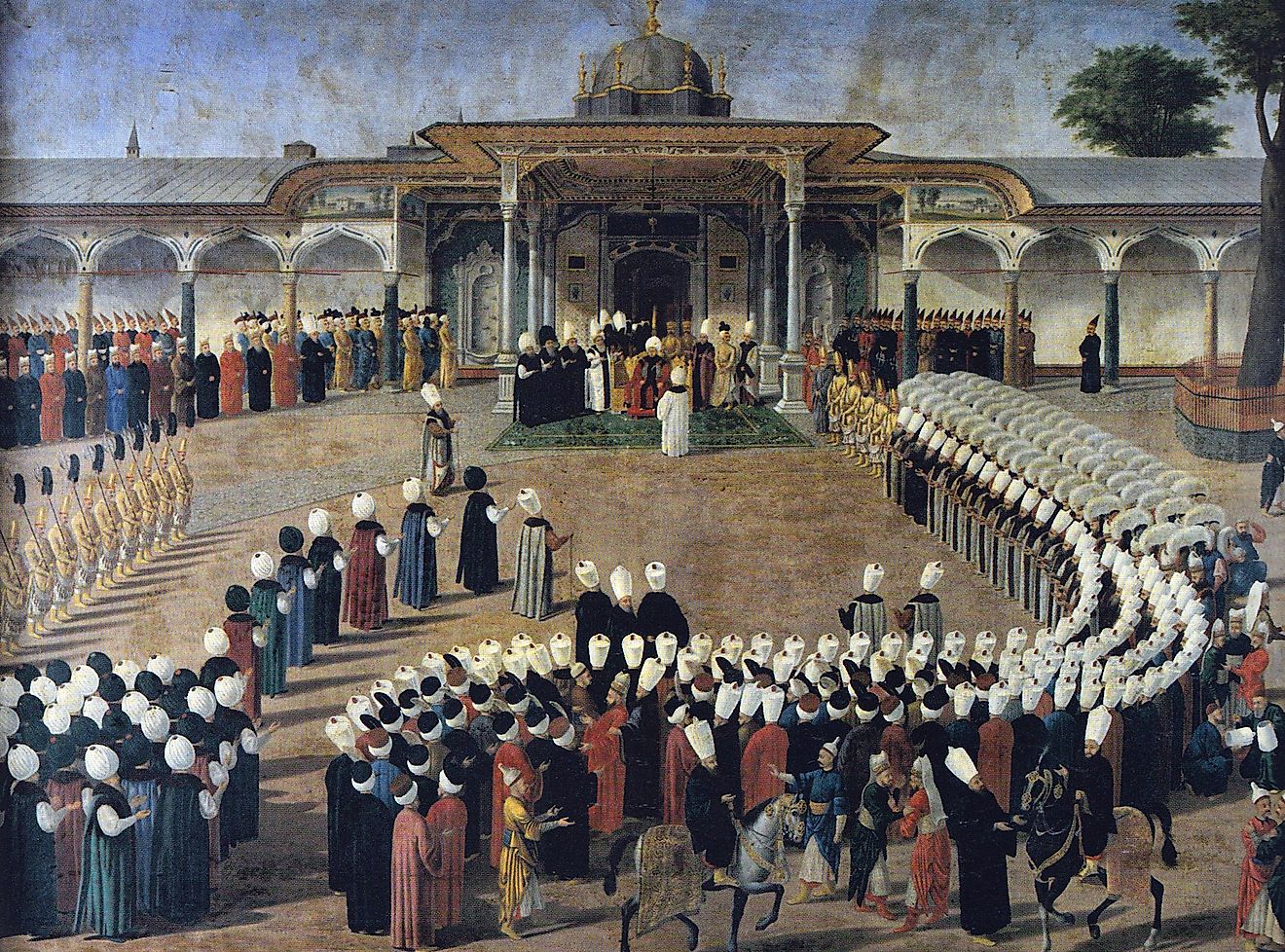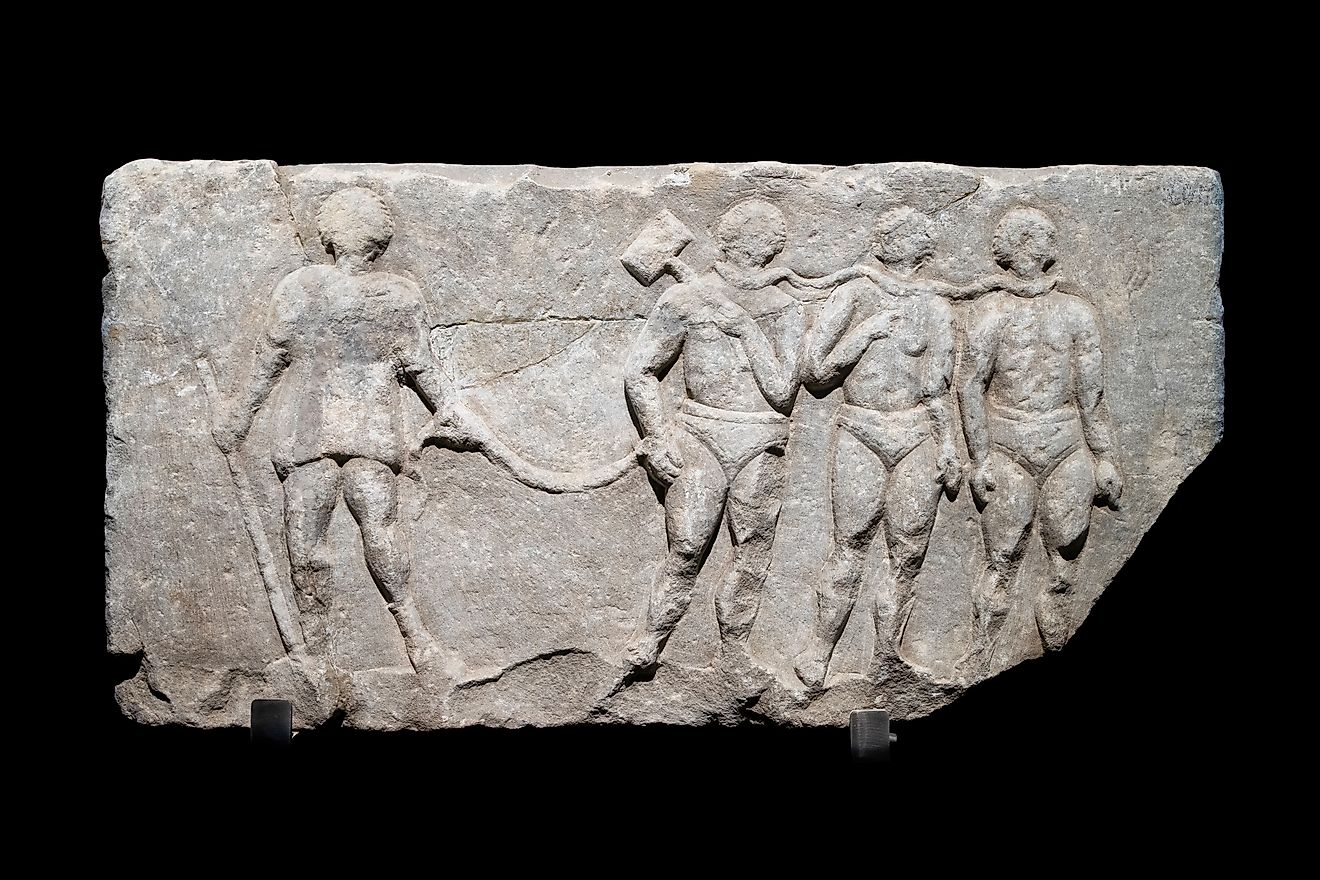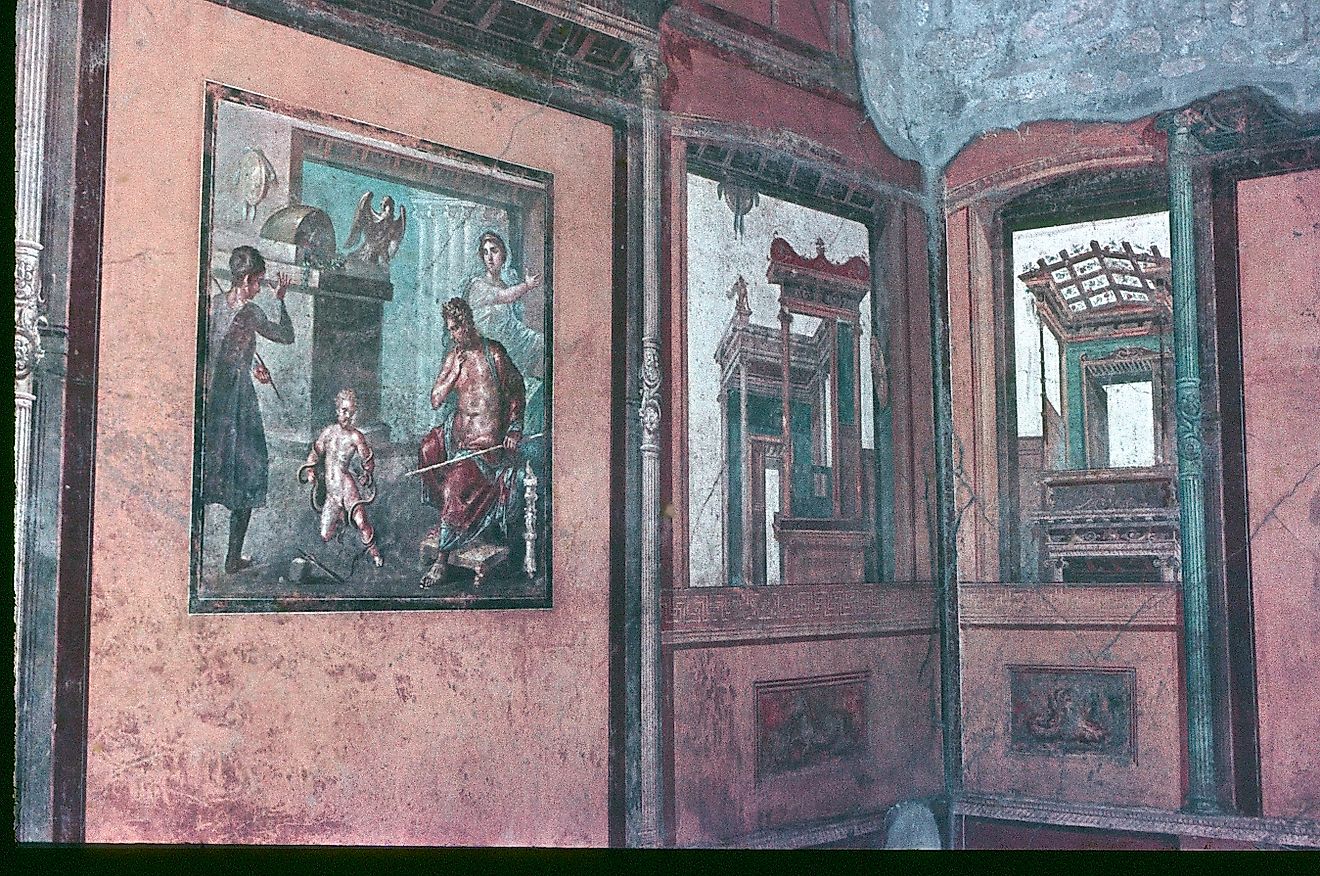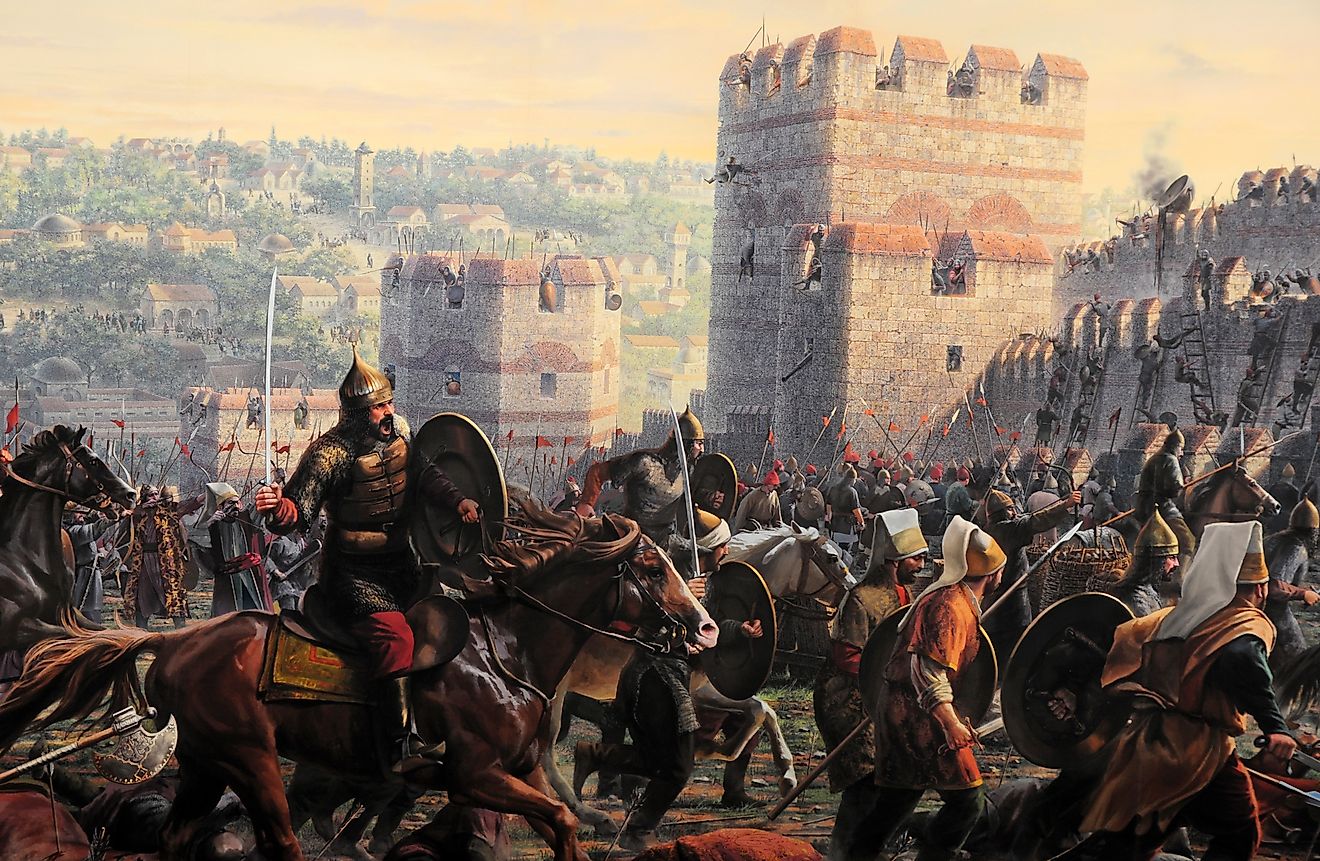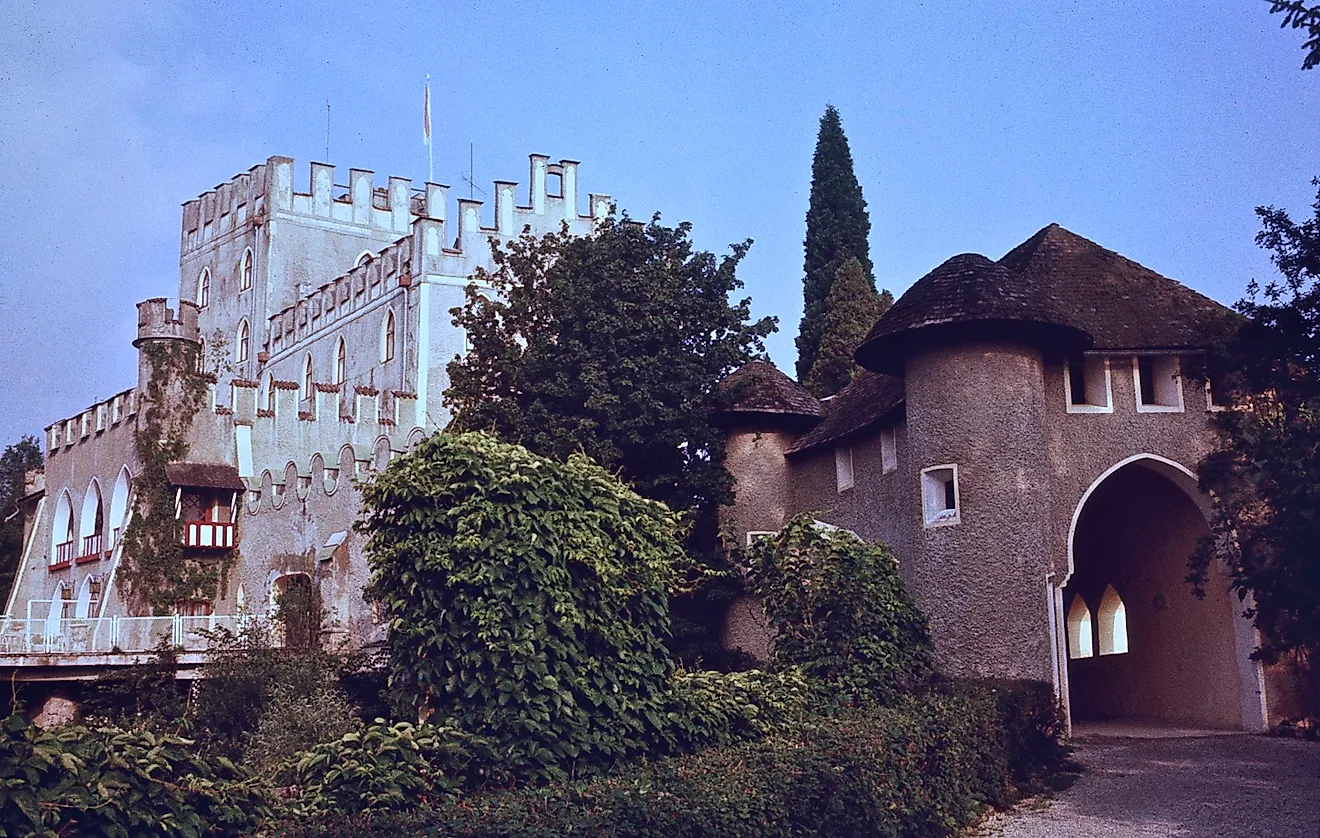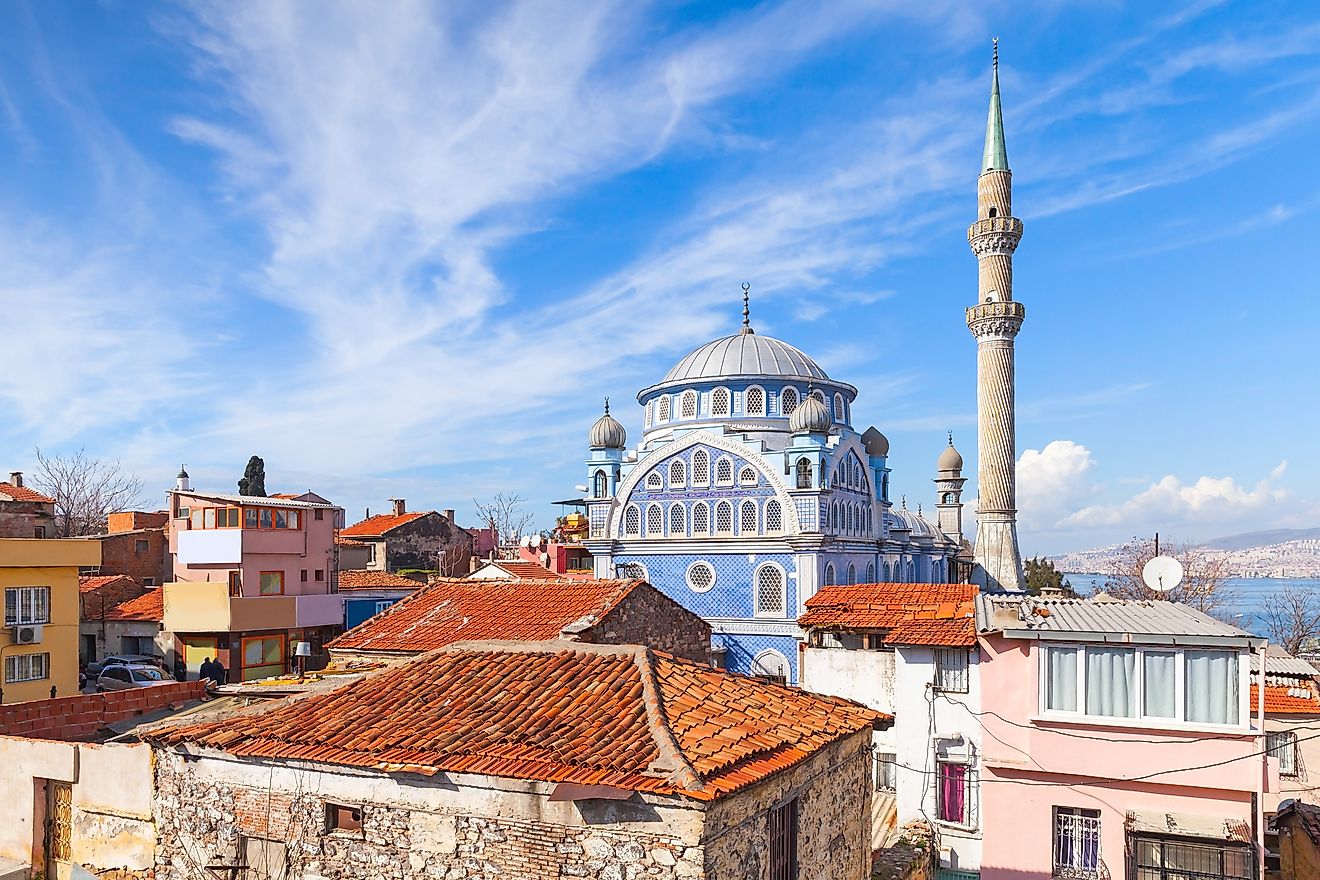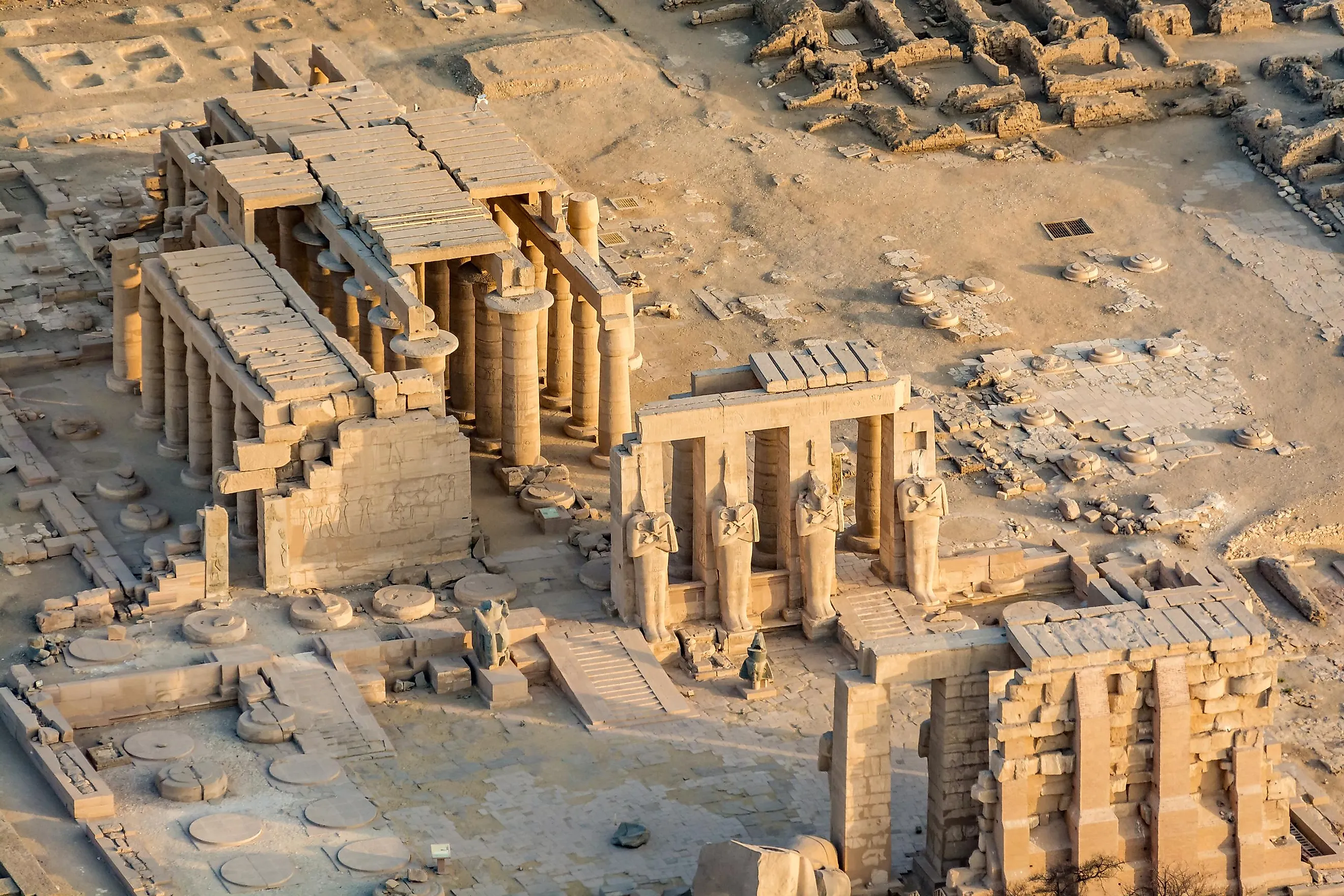
The 7 Greatest Egyptian Ancient Cities
The true scale of the history of Ancient Egypt is hard to comprehend. Egyptian civilization is so old that it quite literally predates history. At its height, Ancient Egypt was unrivaled. Its economy, military, culture, and political influence dominated the ancient world. The accomplishments and advancements that the Egyptians made were so robust that they were the only power to emerge on the other side of the calamitous Bronze Age Collapse.
The three millennia of Ancient Egyptian history marked some of the most impressive cities that the world had ever known. Centers of learning, trading, art, and splendor, the major cities of the Egyptian world would even remain powerful and relevant long after Egyptian society eventually dwindled under Roman rule in the early 1st century AD. The legacy of some of these cities is still with us even to this day.
Thebes
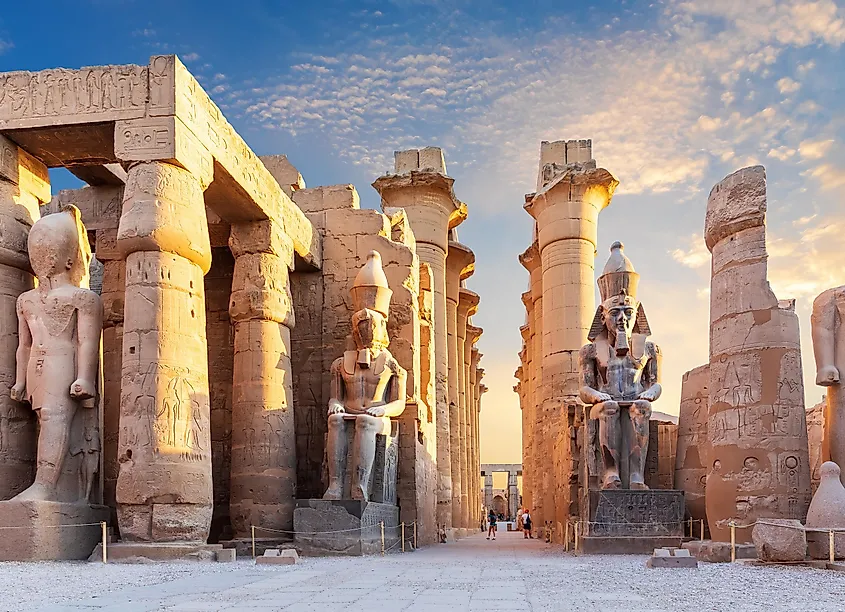
Thebes served as the capital of Egypt during the period known as the New Kingdom, which lasted between 1570 and 1069 BC. From here, the various pharaohs and their dynasties ruled over day-to-day life in Ancient Egypt.
While the city had significant political significance, it was also a center of the Egyptian religion. Thebes was home to the largest temple of Amon, one of the most important gods within Egyptian mythology. It is estimated that thousands of pilgrims from all over Egypt would make the trip to Thebes each year to visit the grand temple and carry out various rites and rituals.
Today, the city is known as Luxor and Karnak. The nearby surrounding area is home to some of the most important attractions and sites that are related to Ancient Egypt. The Valley of Kings, the Valley of the Queens, and the ruins of the grand temples built by Ramesses II and Ramesses III are all close by.
Memphis
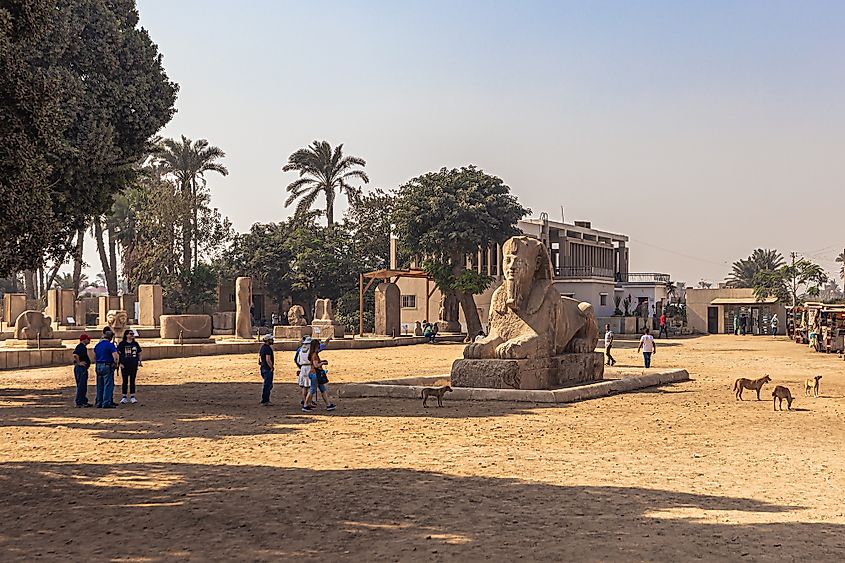
Located only a few miles south of the Nile River Delta, Memphis's key location along this vital waterway made it the ideal capital for much of Egypt's history. It is largely accepted that Memphis was founded sometime around 2925 BC by the pharaoh Menes. Memphis was founded as a way to bring together the newly unified territories of Upper and Lower Egypt. The original name of the city translates into "white walls" after the enormous whitewashed brick palace that was built there upon its founding. Other large public works also shared the same distinct white brick style. Various temples and even the city walls are all thought to have similar aesthetics.
The abundance of astounding architecture begins to make sense, considering that Memphis was home to the Grand Temple of Ptah, the god of craftsmen and artisans. Ptah appears to have had little appeal to those outside of Memphis, and worship of him seems to have been a local phenomenon rather than a widely accepted member of Egyptian Mythology.
Alexandria
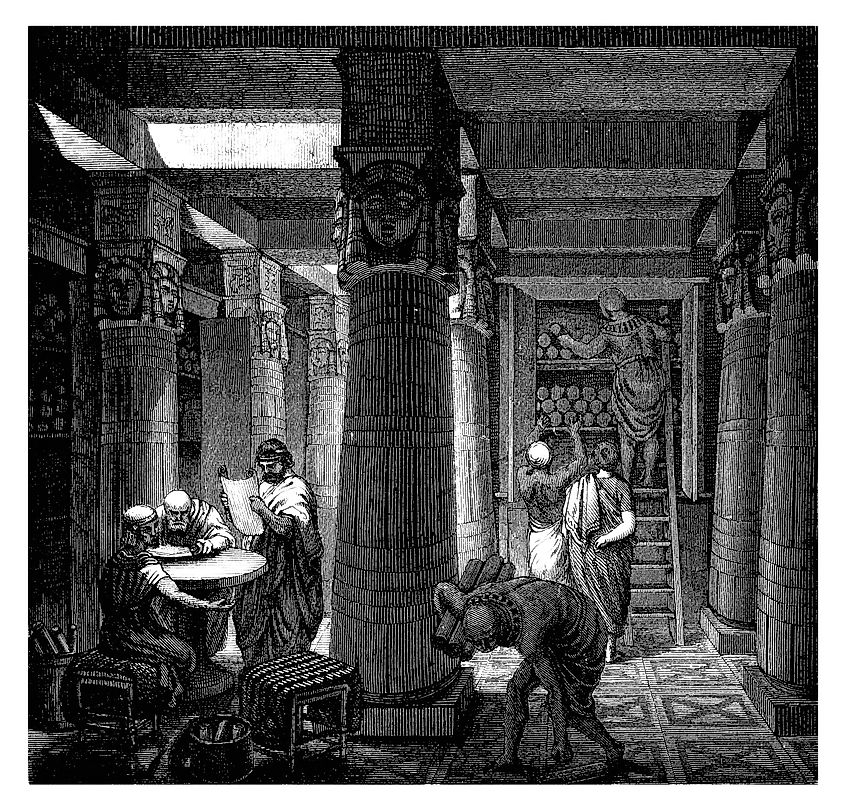
Perhaps the most famous Egyptian city, Alexandria, renamed by none other than Alexander the Great in 332 BC, was formerly known as Rhakotis by Egyptians. The city was always a vital hub of trade and commerce, but it really began to flourish under the Greek Ptolemaic Dynasty in the centuries after Alexander's initial conquest.
The Ptolemaic Dynasty made Alexandria their capital and were quick to build astonishing wonders and monuments that would usher in an explosion of Greek culture and innovation across not only the nation but the surrounding region as well. The Library of Alexandria and the Great Lighthouse of Alexandria were two of the most important and remarkable contributions made to the city during this era. The Library of Alexandria was said to have housed untold knowledge of the Ancient World. However, much of this has sadly been lost to time. Alexandria would remain a crucial city to both the Romans and the various Muslim Caliphates that would rule over the land in the coming centuries. Even today, Alexandria is a key city that grants the modern nation of Egypt access to the Mediterranean Sea and the rest of the world's oceans.
Giza
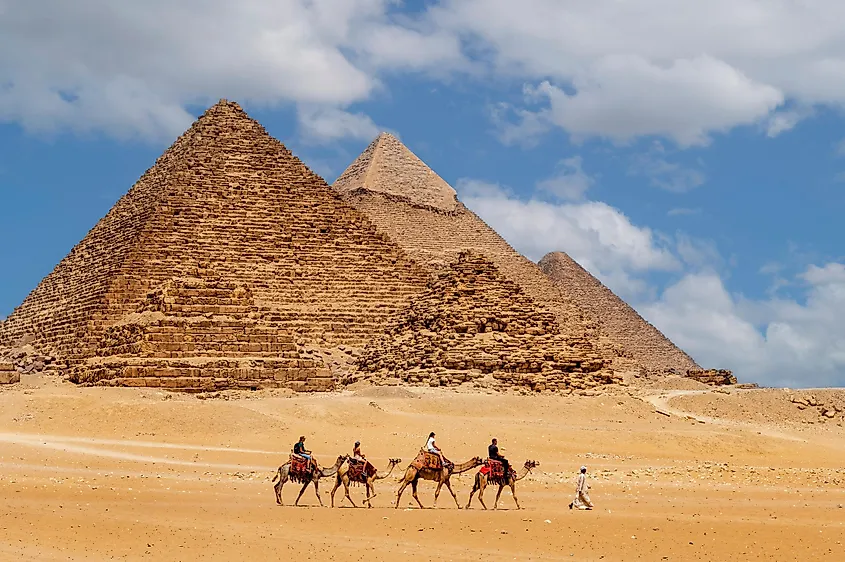
The city of Giza is, of course, best known for its world-famous pyramids that were first built by the Ancient Egyptians around 2589 BC. The three major pyramids that make up the "Great Pyramids of Giza" took nearly 100 years to complete and a workforce numbering in the tens of thousands.
Built as a tomb for the ruling Egyptian pharaoh and his family, these stunning wonders of human ingenuity and ambition have stood the test of time and still remain one of the most visited tourist locations in the modern world. In the time of the Ancient Egyptians, Giza was an important trade route and served as a symbol of Egyptian political power and cultural might. Giza today is only a few miles south of Cairo and rests comfortably along the Nile River. Aside from the Great Pyramids, Giza is also home to other notable attractions, such as the Great Sphinx and other tombs and temples.
Heliopolis
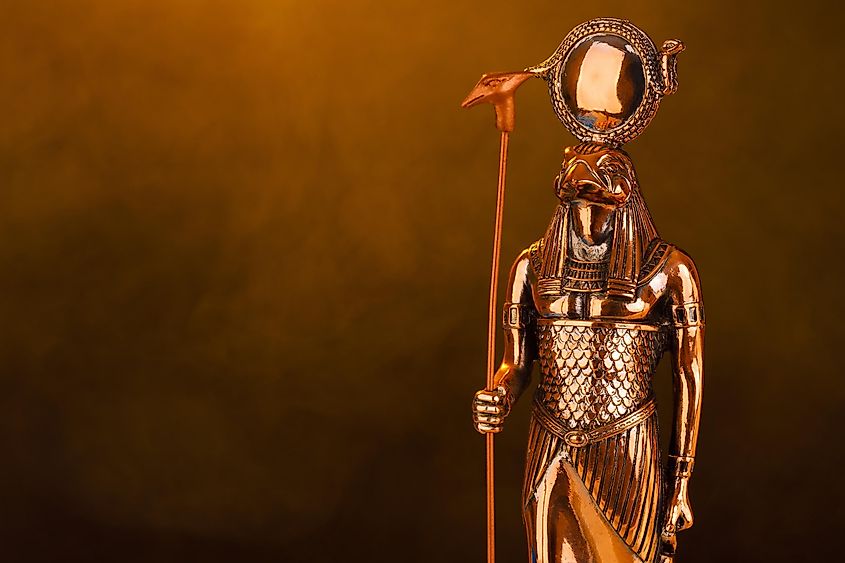
One of the oldest cities ever settled by the Ancient Egyptians, Heliopolis was a city that was dedicated to the sun god Ra. Its religious importance lasted for centuries and was routinely visited by those looking to make a religious pilgrimage to the Grand Temple of Ra, which was located in the city.
This temple was only surpassed in greatness by the ones located in Thebes and Amon. Even though the temple in Heliopolis was not the most magnificent, the priests of Ra who lived within the city were able to create immense amounts of political power for themselves. The worship of Ra became so prominent throughout Egypt during the 5th dynasty that Ra worship was declared the official state cult by the ruling pharaohs.
Today, little of ancient Heliopolis still remains aside from a handful of ruins and dig sites that have been established around the city. Much like Giza, Heliopolis has been gobbled up by the ever-growing metro area of Cairo, and it is likely that much of the city remains have been built on top of and are next to impossible to access.
Abydos
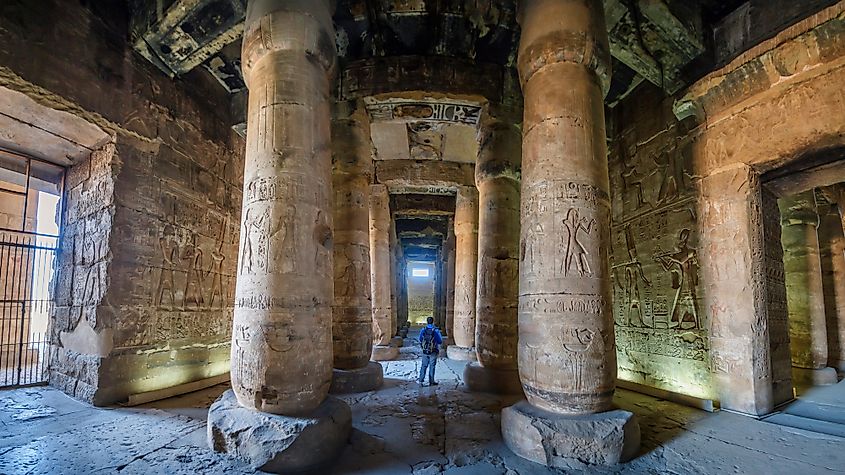
Despite being one of the lesser-known cities of Ancient Egypt, Abydos has been the source of some of the most valuable and well-preserved artifacts from this time period. The history of Abydos stretches all the way back to the 1st and 2nd Dynasties and reveals countless tombs and burial sites from this bygone era.
At its height of power, Abydos was largely used as a final resting place for members of the royal family and as a base of operation for the cult of Osiris. Being buried at or even near the temple of Osiris was considered to be a great honor in Egyptian culture but was something that only the wealthy were able to afford.
Archeologists have been able to recover countless amounts of pottery, jewelry, and even the names of a handful of predynastic kings all thanks to the findings at Abydos. Without the findings at Abydos, there is a good chance that historians would have little knowledge about this period of early Egyptian history.
Per-Ramesses (Pi-Ramesses)
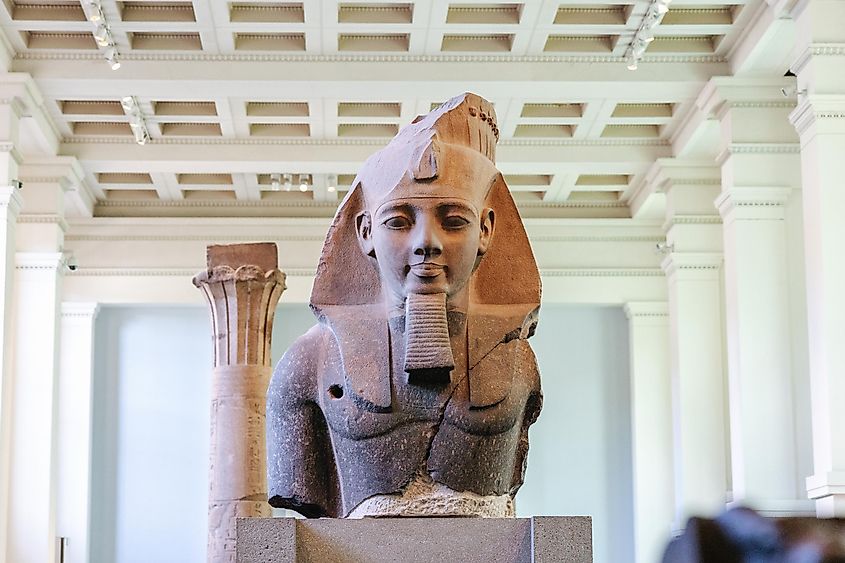
Per-Ramesses was first established by Ramesses the Great in an attempt to create a new capital city in the Nile Delta. Thought to have rivaled even the greatness of Thebes at its height, Per-Ramesses would remain one of Ancient Egyptian's great cities centuries after the death of Ramesses the Great.
Built near the already legendary city of Avaris, Per-Ramesses was quick to build off the success of its sister city and soon became a center of trade and commerce in the region. Having his name attached to the city, Ramesses the Great made sure to pour endless amounts of money and wealth into infrastructure projects and other public works. Its canals and grand temples dedicated to the Egyptian pantheon are some of the most notable of these improvements.
Per-Ramesses was eventually sacked multiple times in later wars and eventually abandoned. Today, the ruins of this once-great city are still being meticulously combed for new artifacts and valuables that will give us a better understanding of what life in this city might have been like at its apex.
Like many other great civilizations, the beating heart of Ancient Egypt was found in its astounding cities. These great cities, serving as places of immense political, religious, economic, and military power, are what ensured the survival and immortal legacy of the Ancient Egyptians. Even though today, most of these cities have been reduced to ruins or were built throughout the centuries, they still remain vital windows into the past thanks to the tireless research of historians and archaeologists alike.
